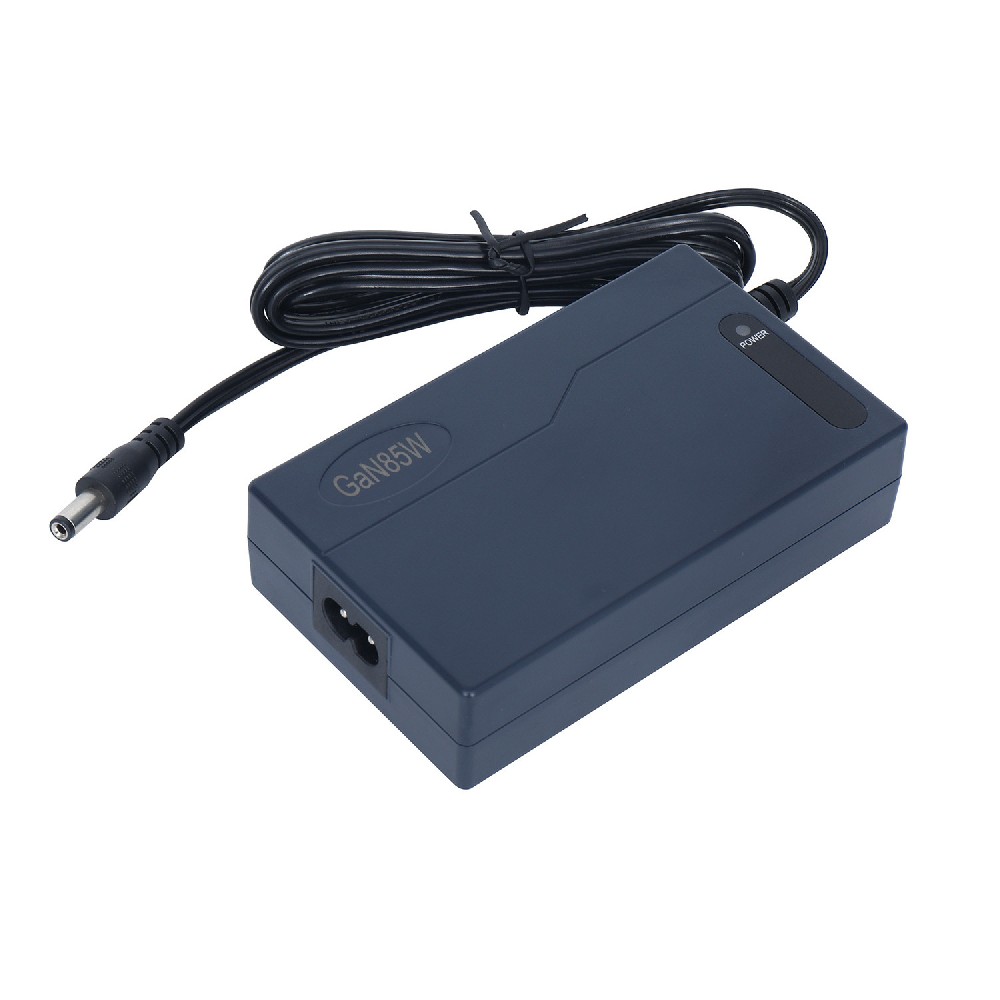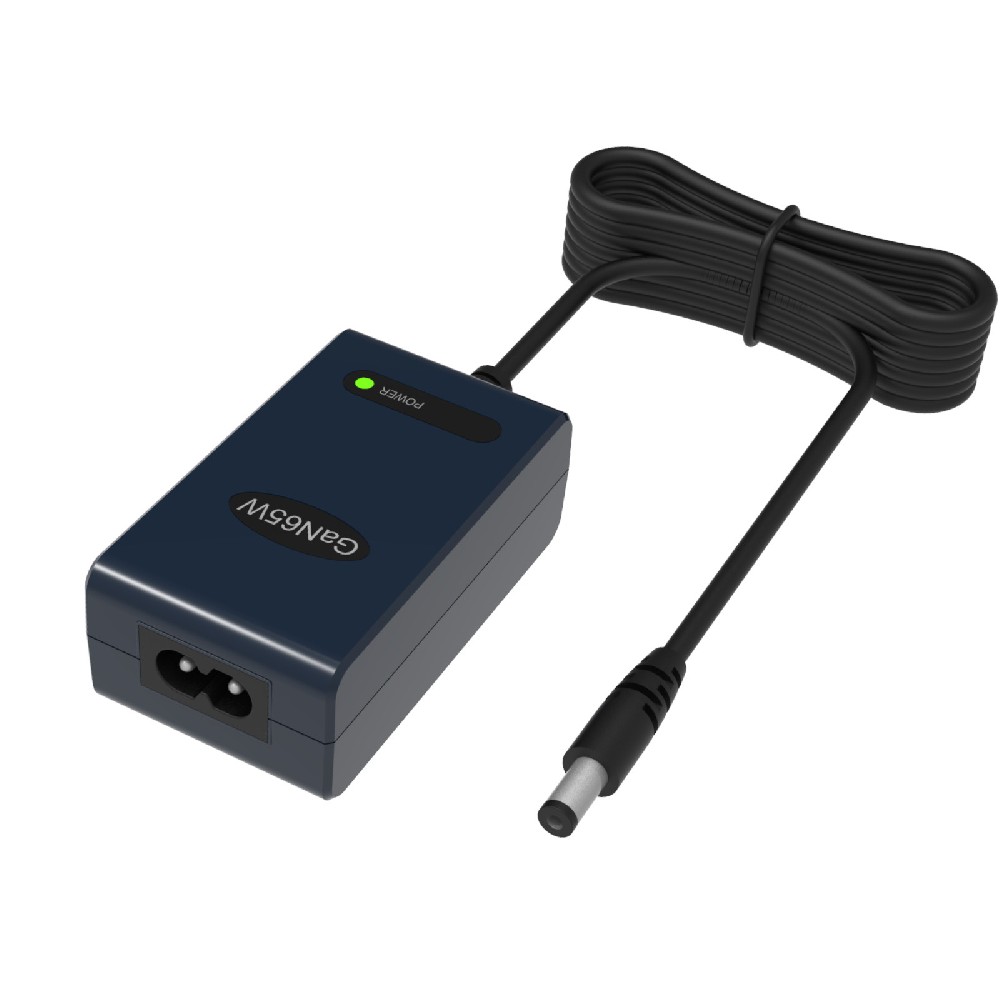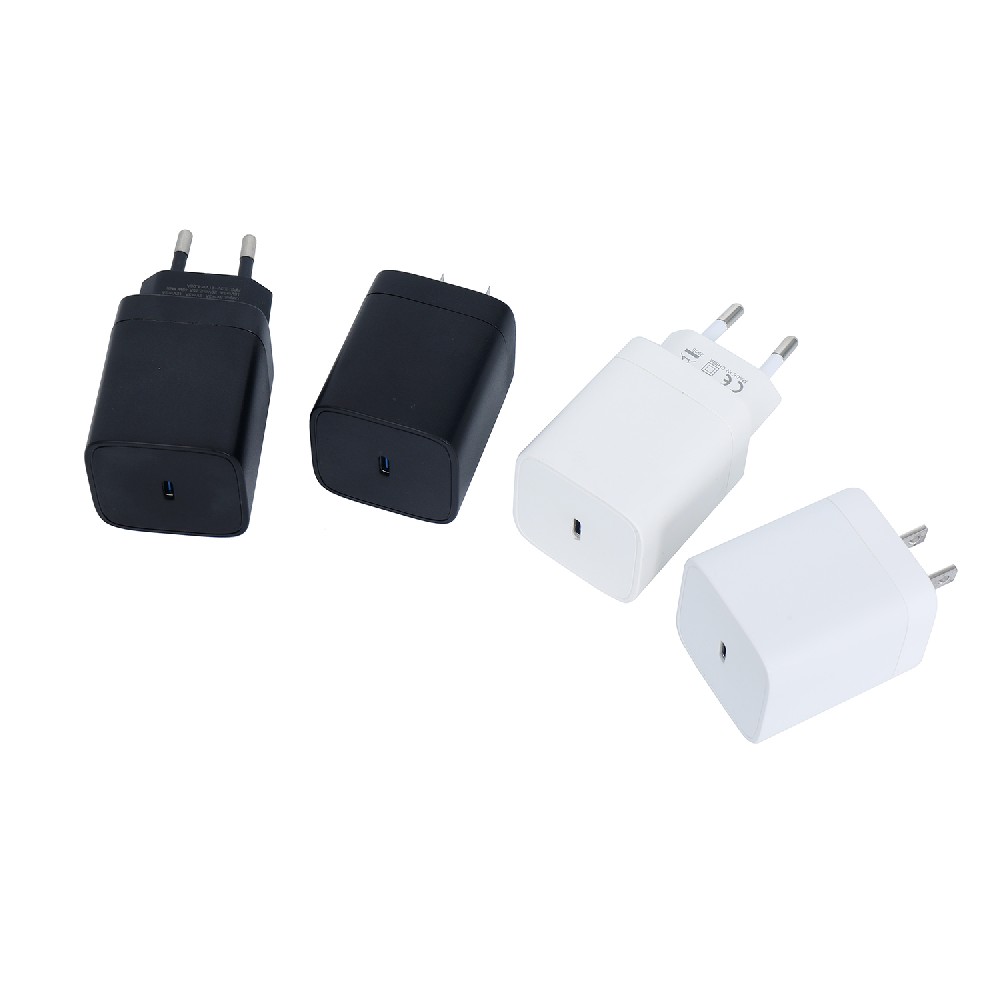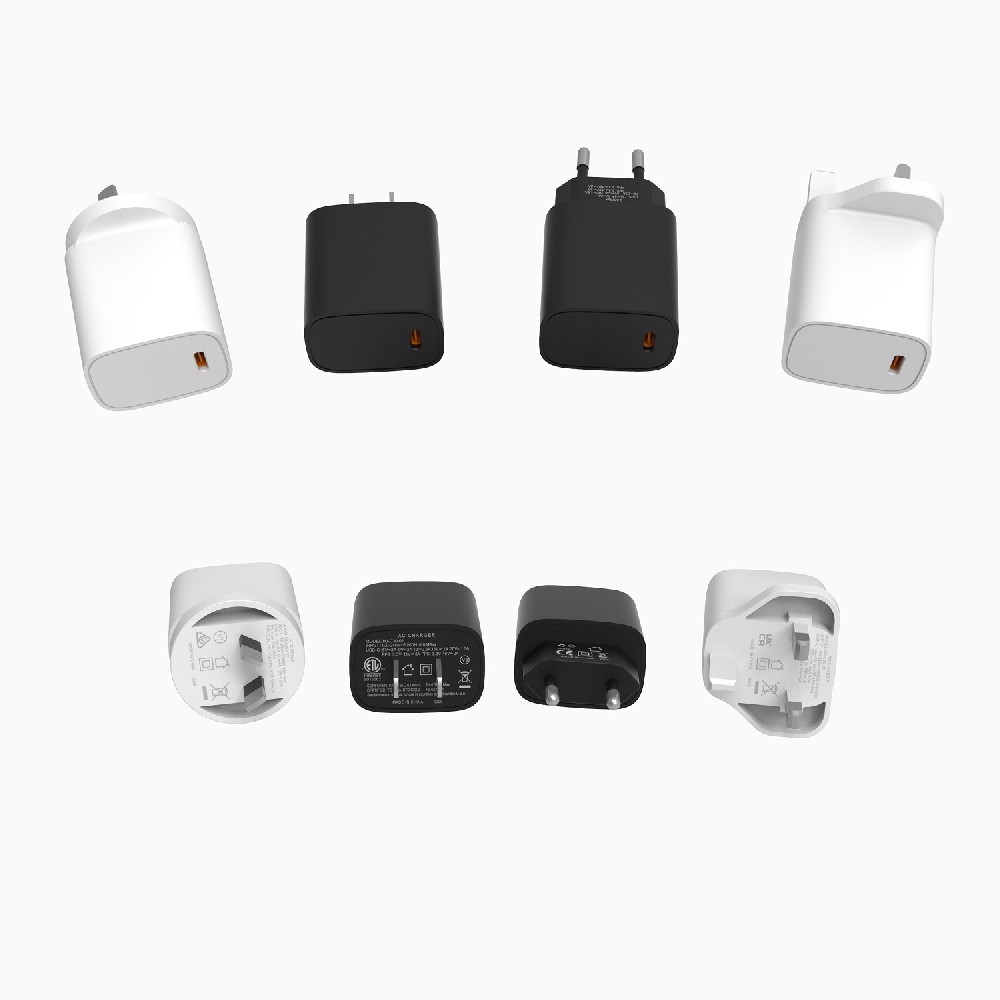Information Center
Power Up Your Gadgets: The Essential Role of Battery Charger Circuits in Our Lives
Published:2023-08-07 20:33:27 Author:Green WCND Views:57In today’s world, it is almost impossible to live without electronic devices, and as a result, batteries are an essential part of our lives. However, with the frequent use of these devices, the batteries tend to die out quickly, and this is where a battery charger circuit comes into play.

A battery charger circuit is an electronic circuit that is used to recharge rechargeable batteries, such as the lithium-ion, Ni-Cd, and Ni-MH batteries, after they have been depleted. A battery charger circuit regulates the voltage and current flowing into the battery, ensuring that it charges at the optimal rate and prevents overcharging or overheating.

The battery charger circuit consists of several components, including the transformer, rectifier, filter, regulator, and sometimes a microcontroller. The transformer converts AC voltage from the mains to a lower voltage that is safe for the battery, while the rectifier converts the AC voltage to DC voltage.
The filter is used to smooth out any voltage ripples caused by the rectifier, ensuring that the voltage is stable and does not fluctuate. The regulator is responsible for controlling the charging current and voltage to prevent overcharging, which can damage the battery. Finally, the microcontroller is used to monitor and control the charging process and protect the battery.
There are several types of battery charger circuits, including linear, switch-mode, and pulse charging circuits. The linear charger is the simplest and easiest to design, but it is also the slowest and less efficient. The switch-mode charger is more complex but is faster, more efficient, and can charge multiple batteries simultaneously. The pulse charging circuit is the most advanced and offers faster charging times and improved battery life.
A battery charger circuit can be designed for different battery voltages, such as 12V, 24V, or 48V, and different charging currents, which are typically measured in amps. The charging time and current depend on the battery capacity, and it usually takes several hours to fully charge a battery.
In conclusion, a battery charger circuit is a crucial component in our daily lives, allowing us to keep our electronic devices powered up and ready to use at all times. With advancements in technology, battery charger circuits continue to become more efficient, faster, and convenient, making it easier to enjoy the benefits of our electronic devices without worrying about battery life.
The battery pack is the heart of a golf cart, silently powering every acceleration and climb on the green. However, battery degradation often goes unnoticed, mu···
The battery pack is the heart of a golf cart’s power system, yet maintaining it has long been a challenge for technicians. Traditional troubleshooting methods—···
For golf course managers, ensuring smooth and efficient operations is crucial for providing a memorable experience for golfers and maintaining the reputation of···
A battery tester ensures golf course cart batteries operate efficiently and reduces downtime through the following ways:I. Precise Battery Condition DiagnosisOp···





